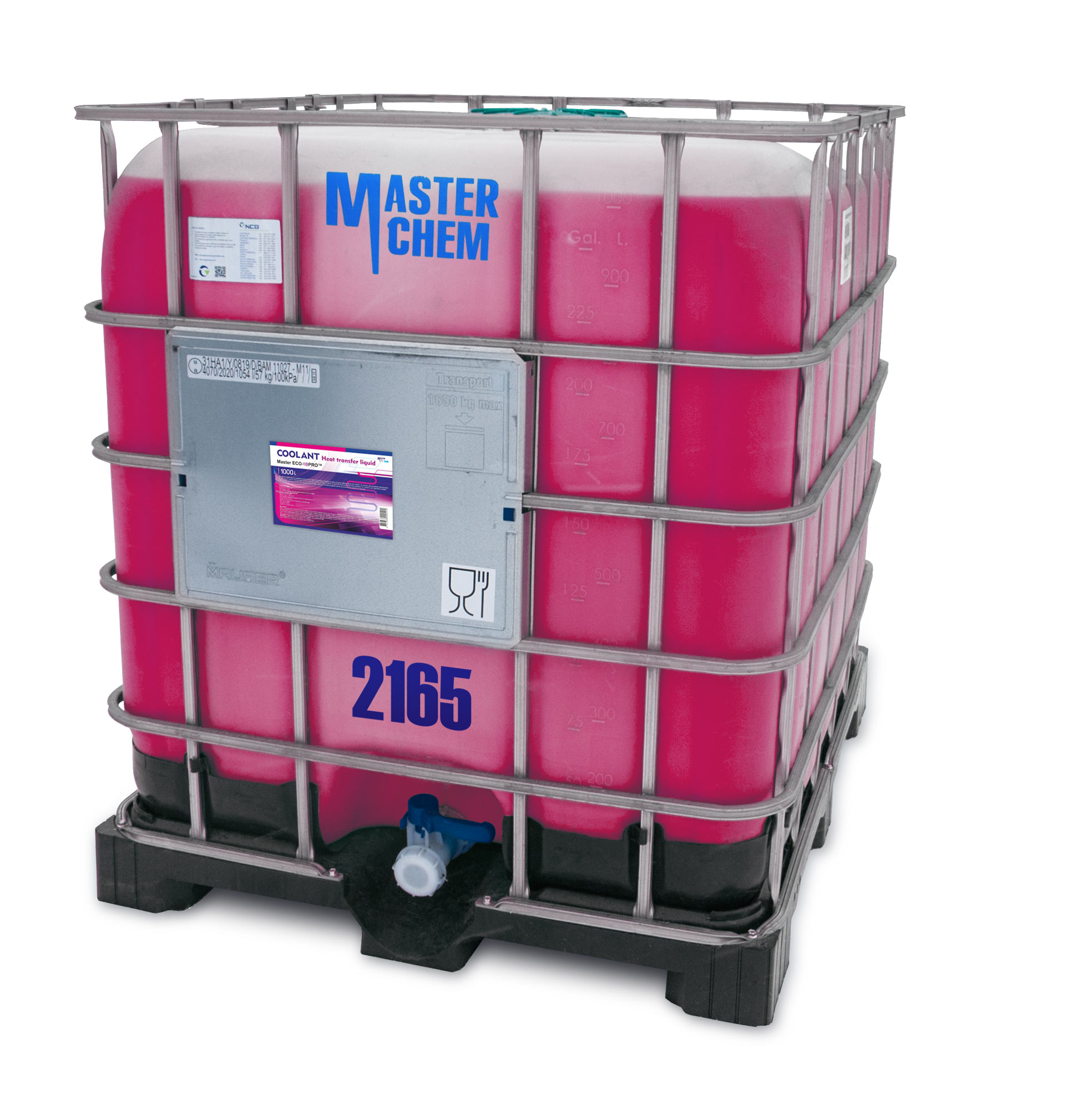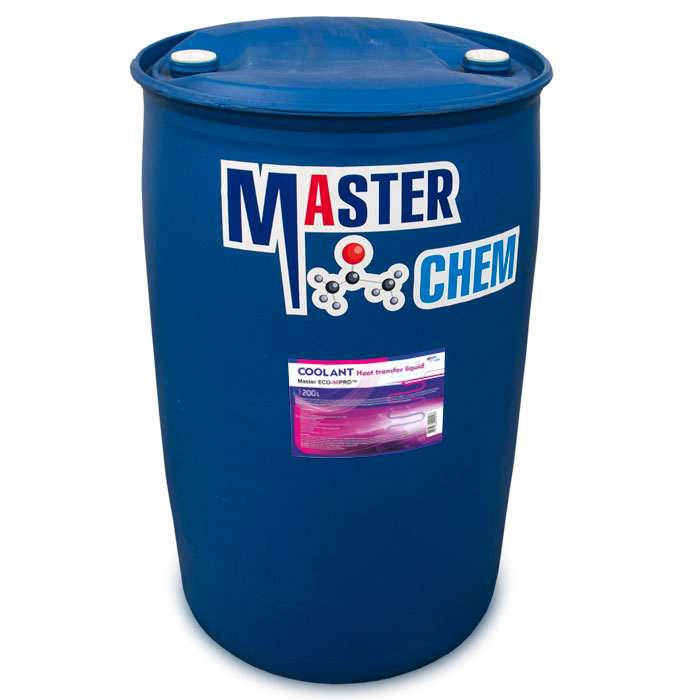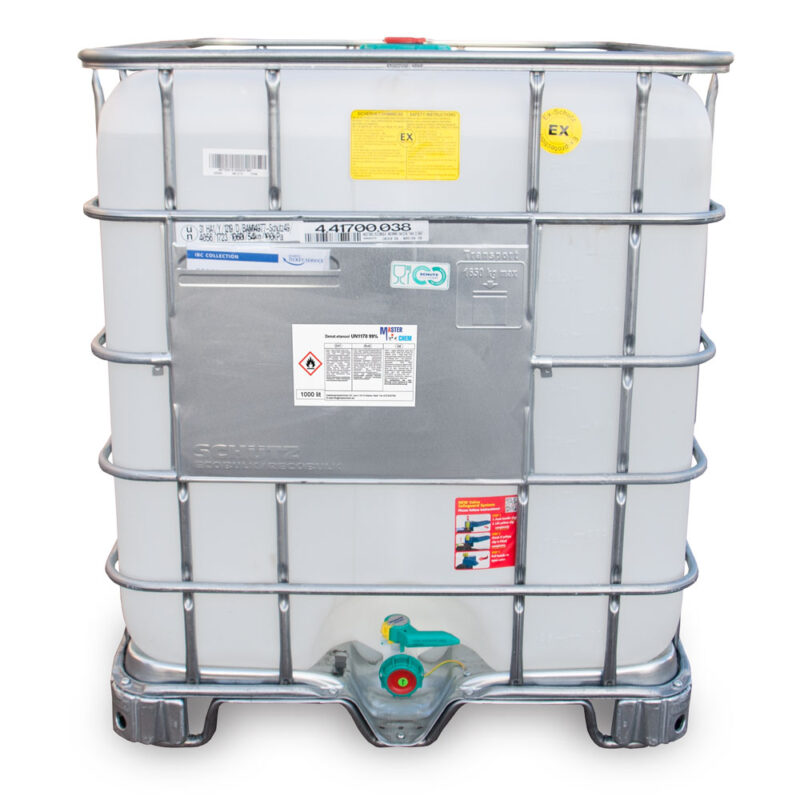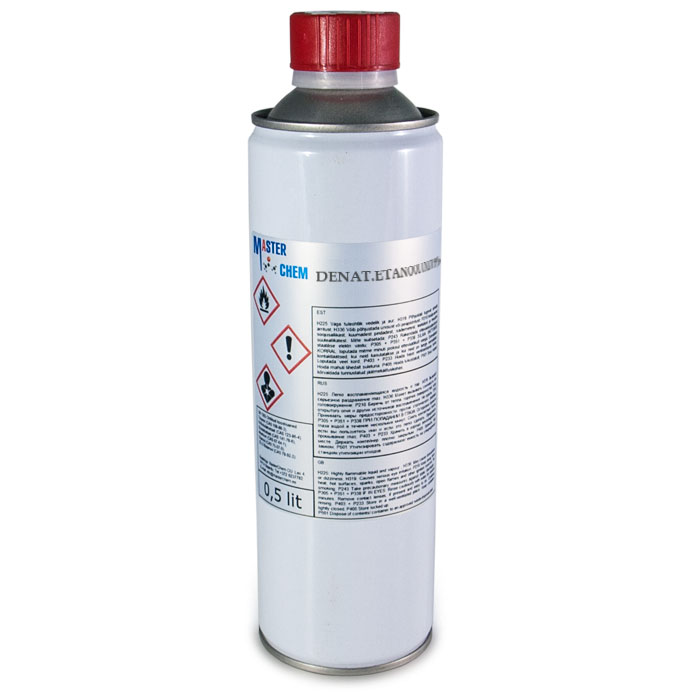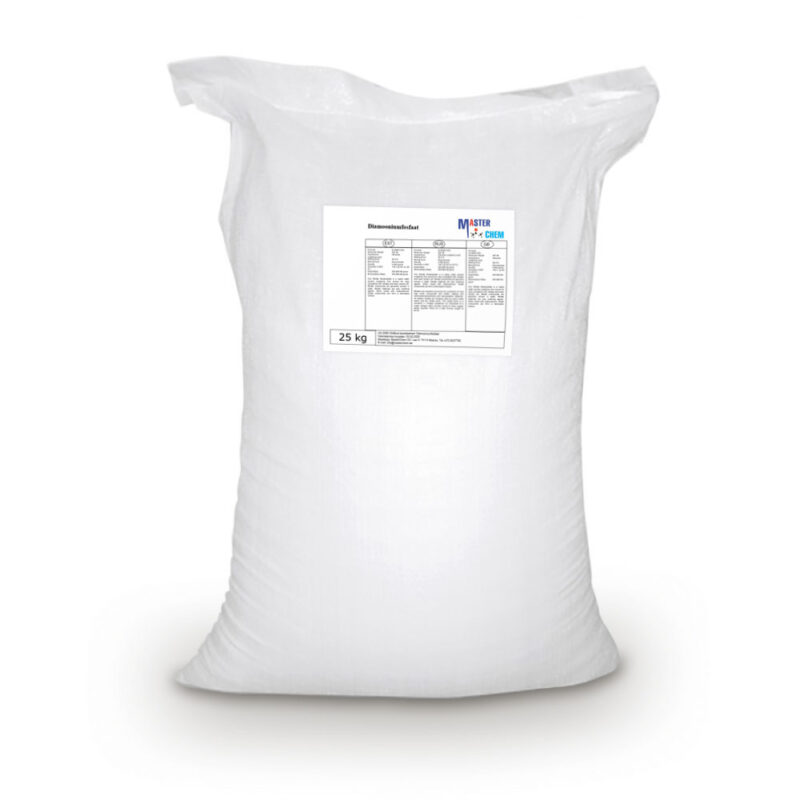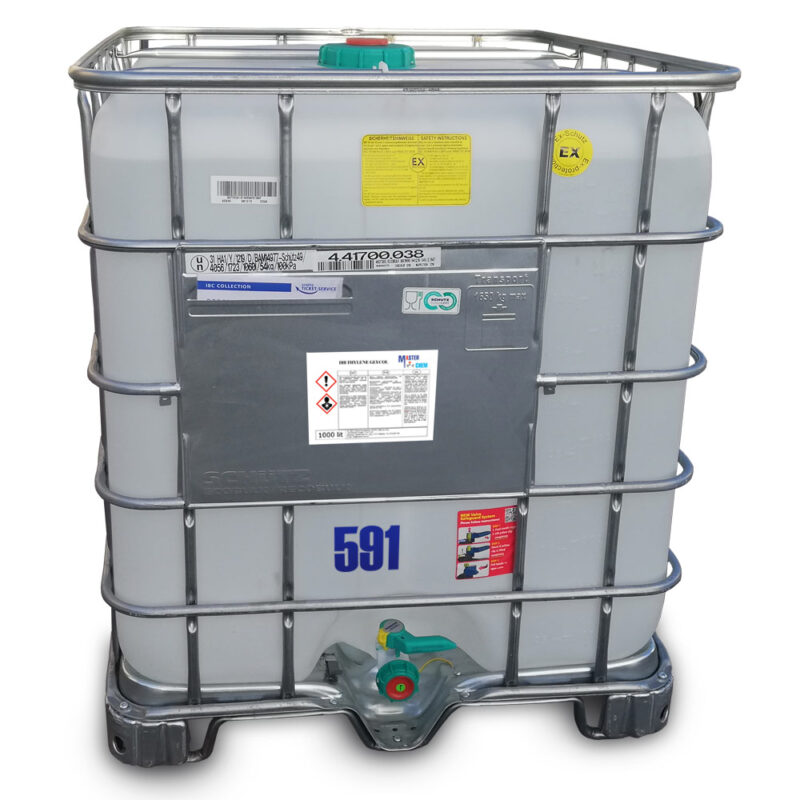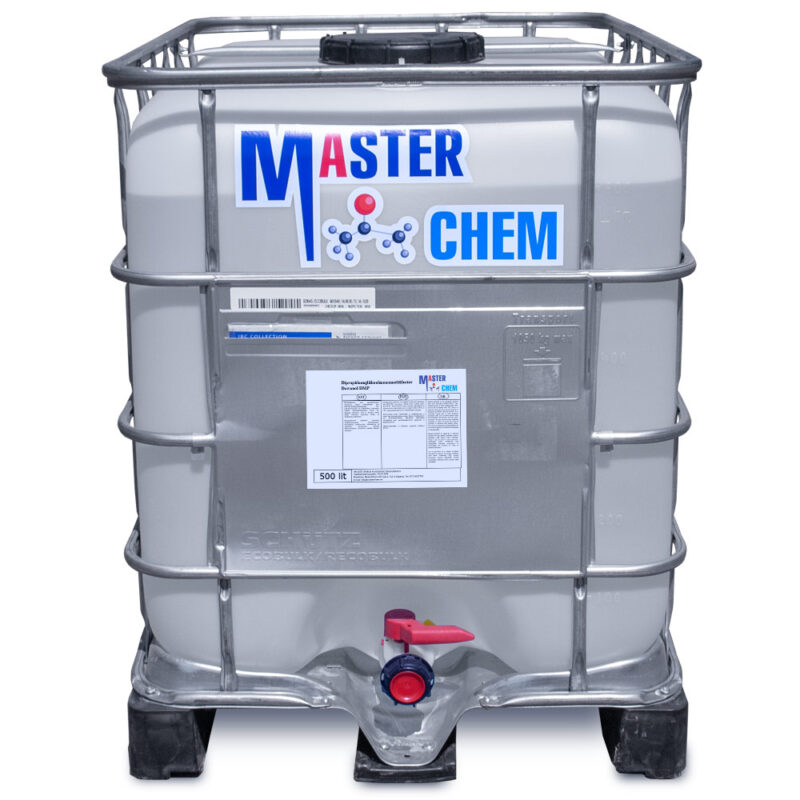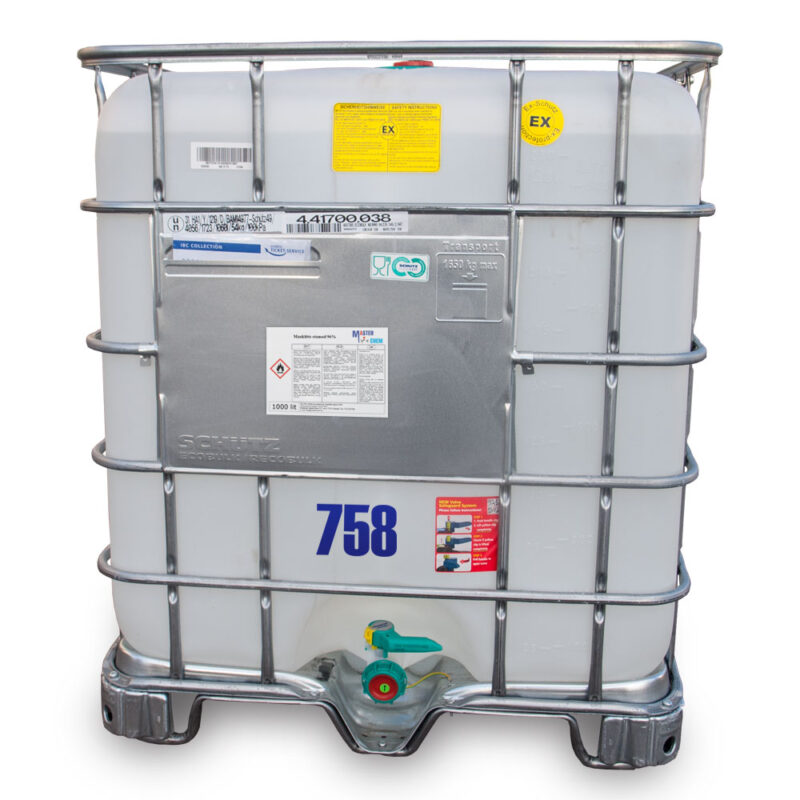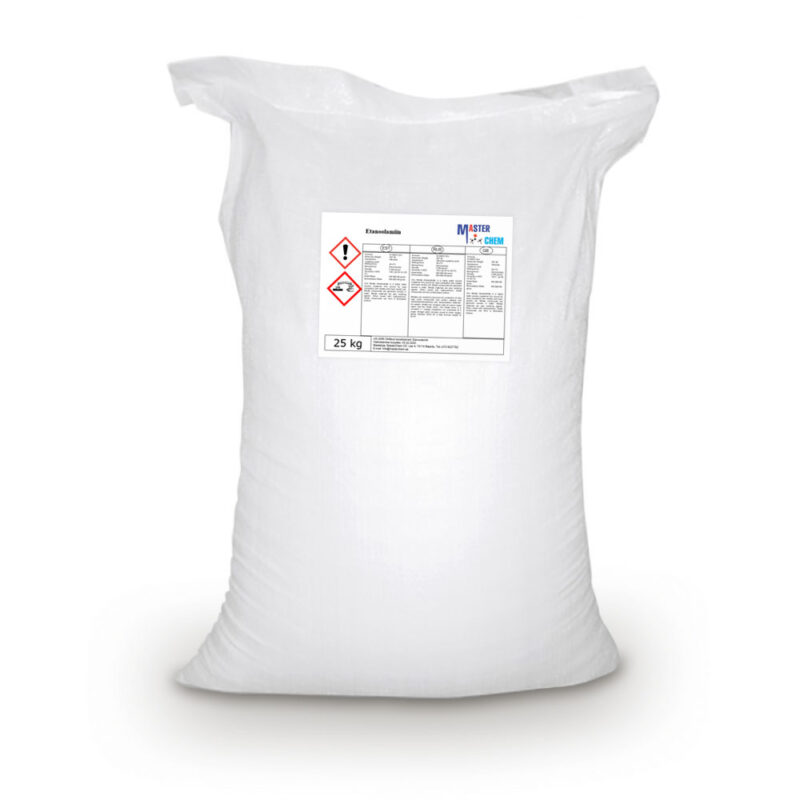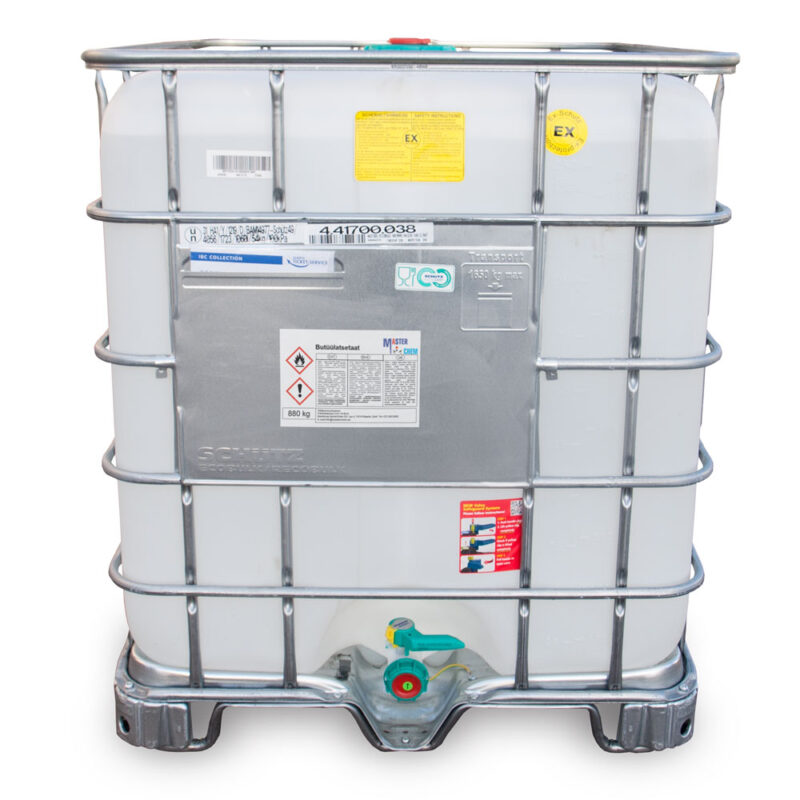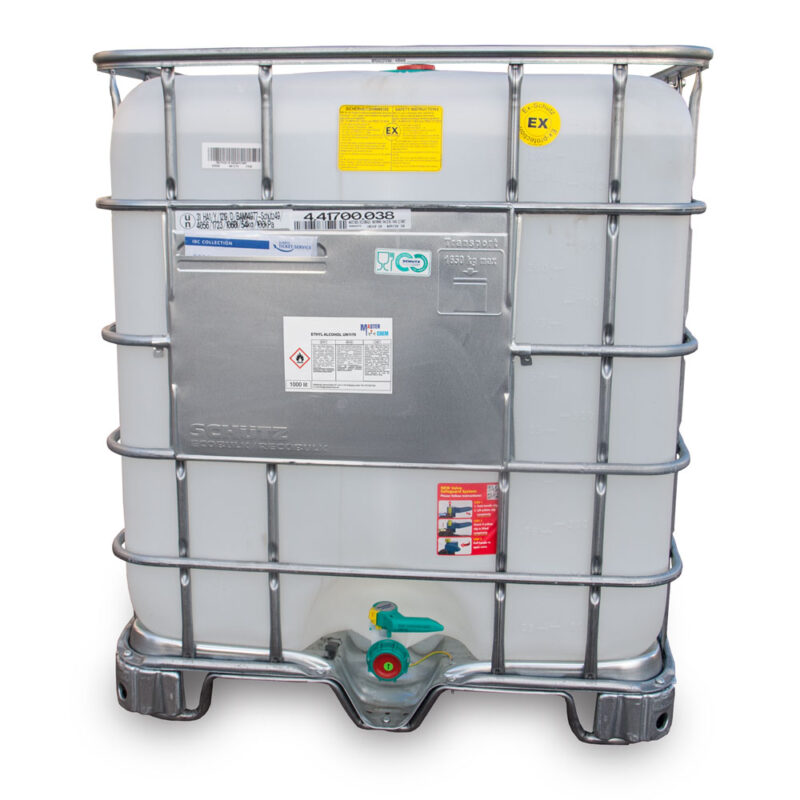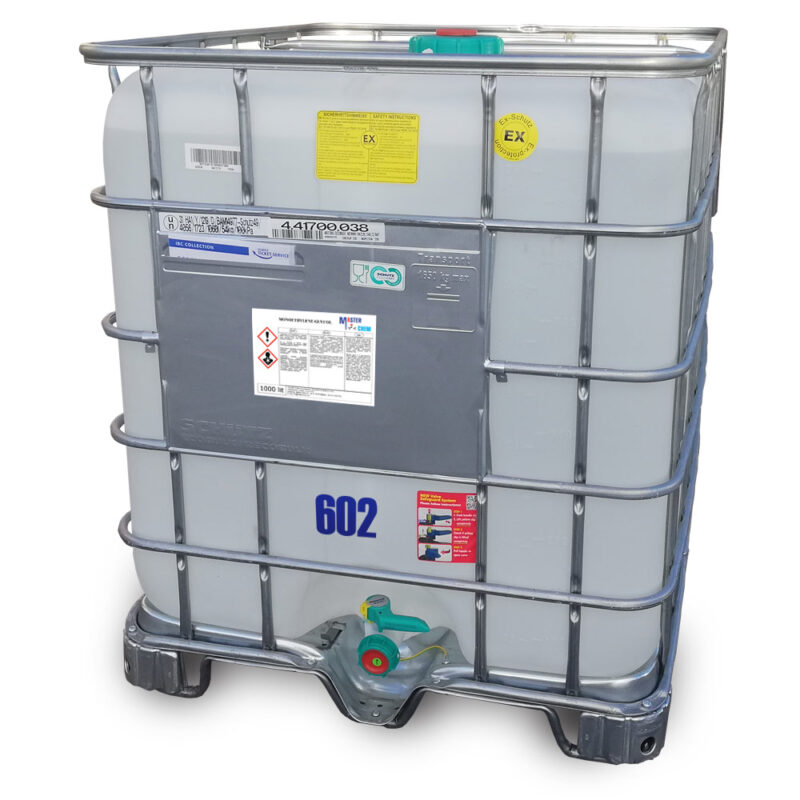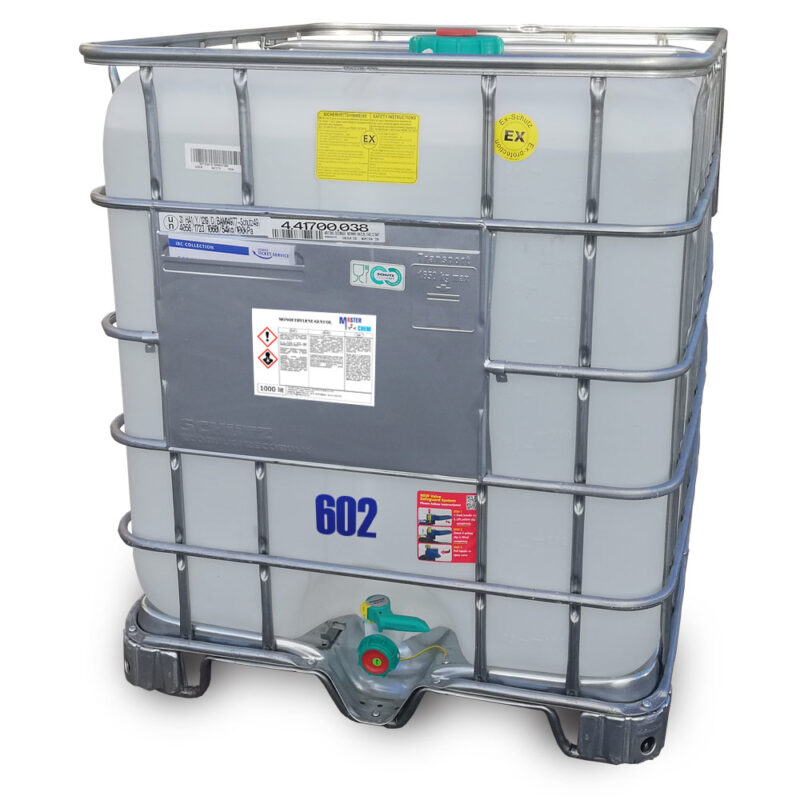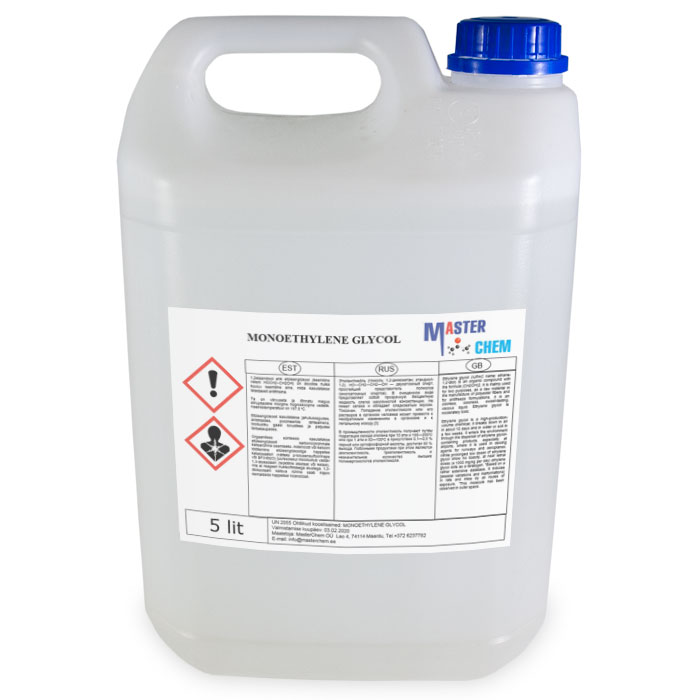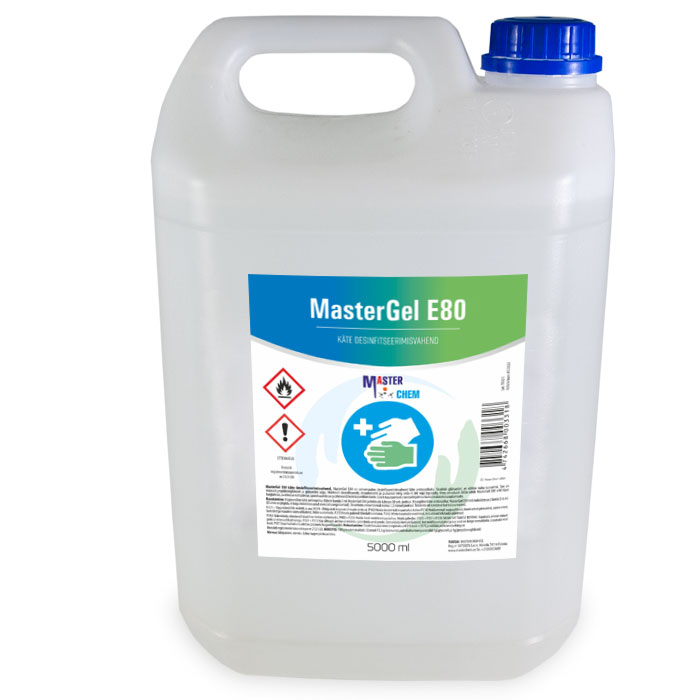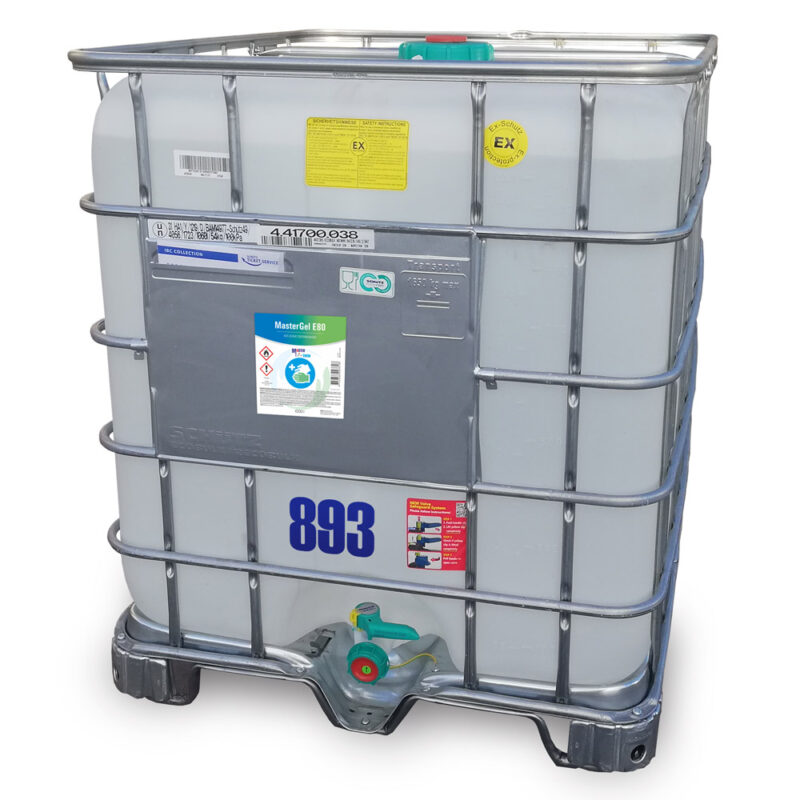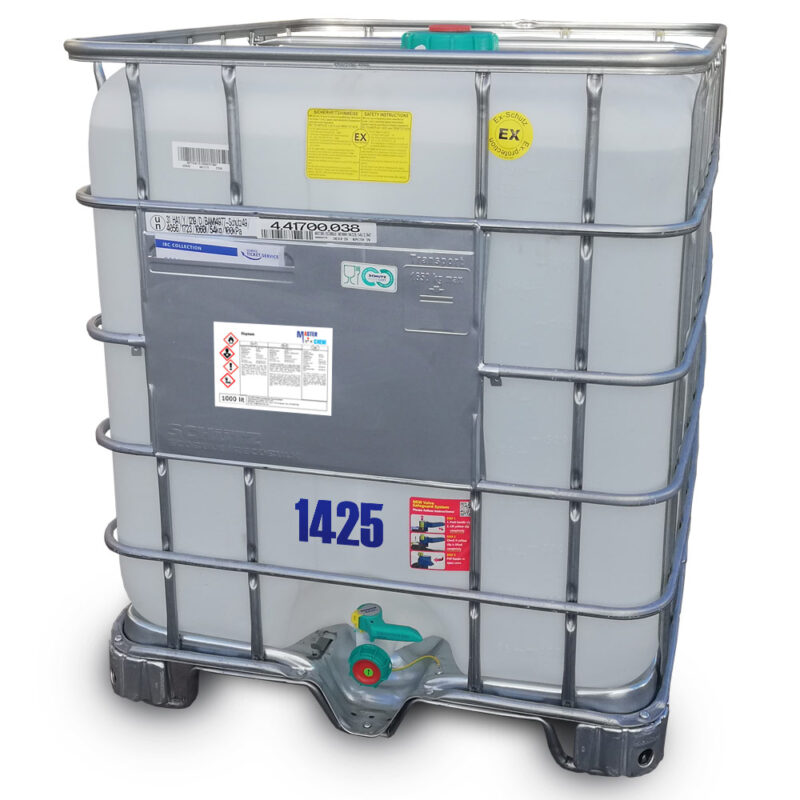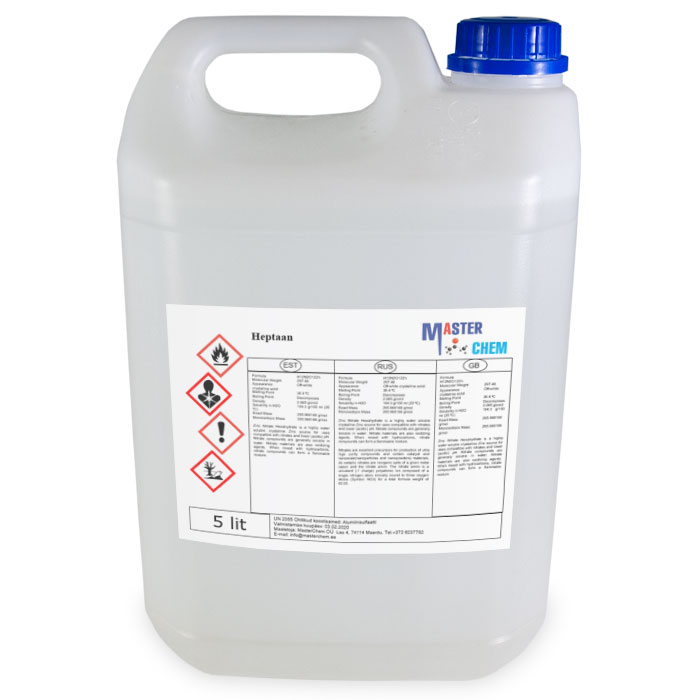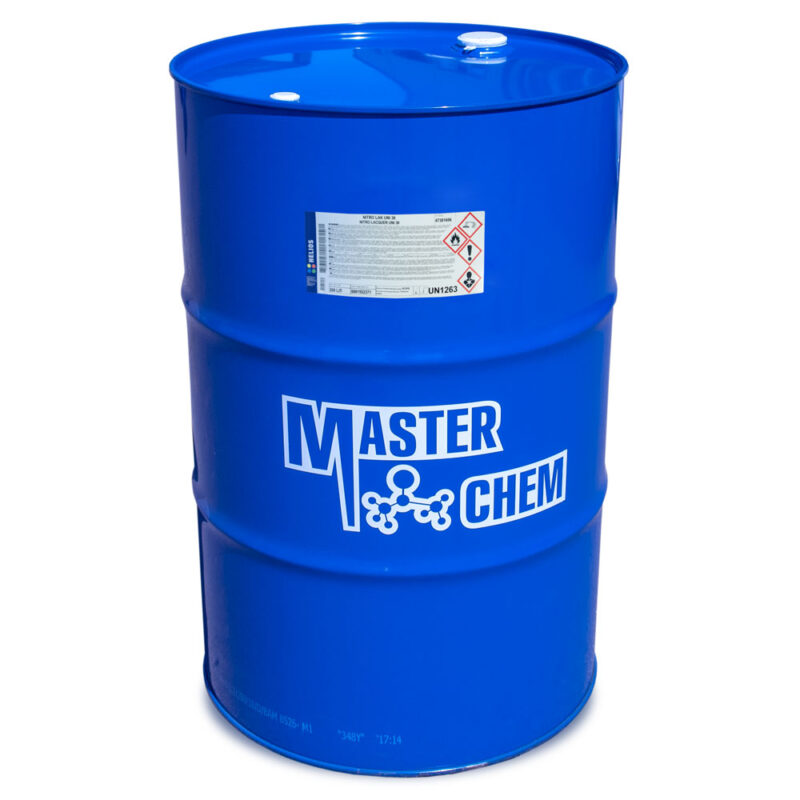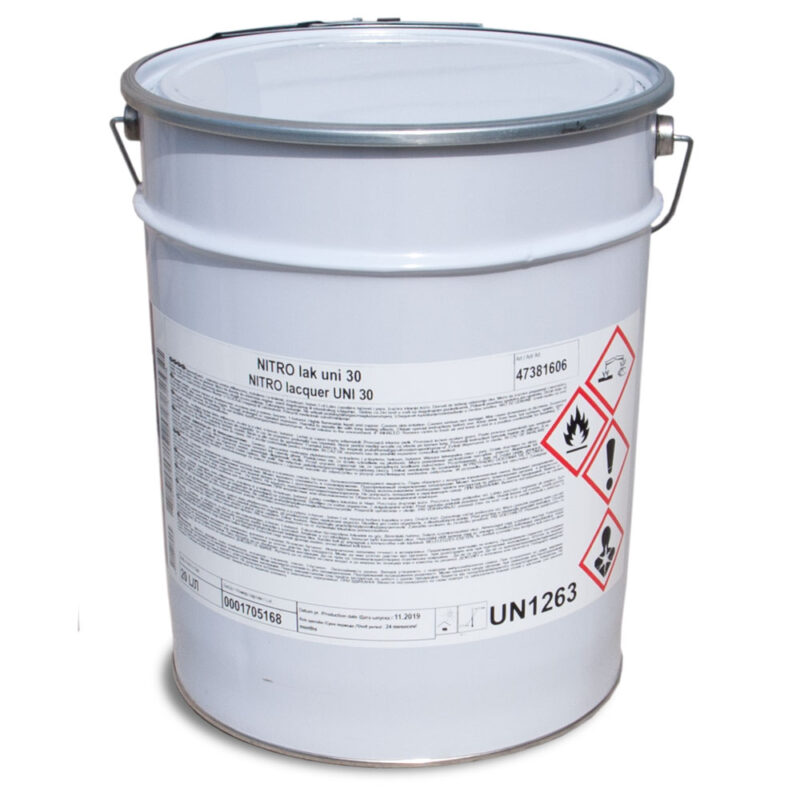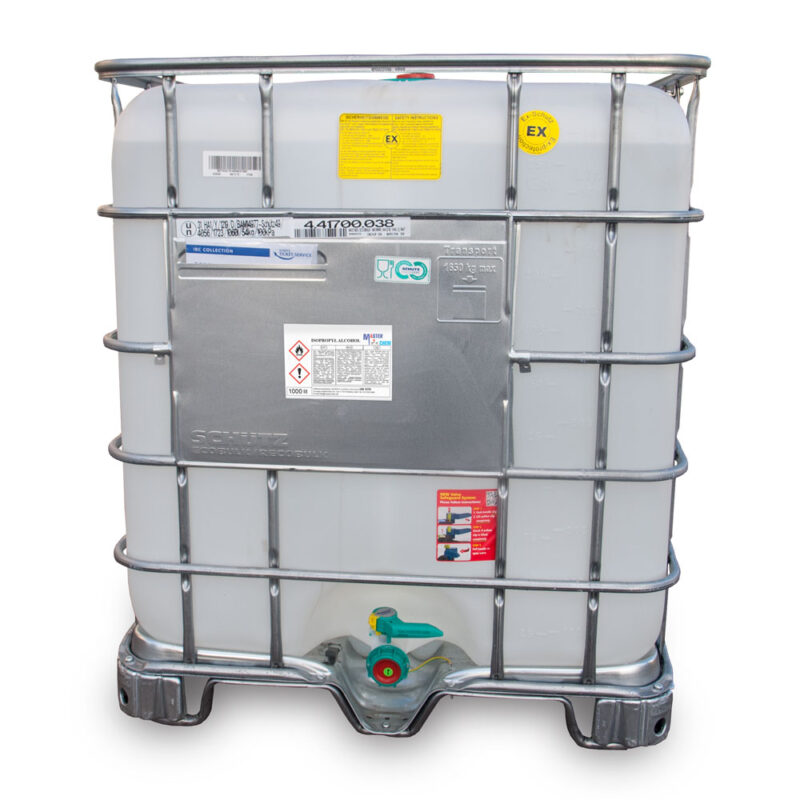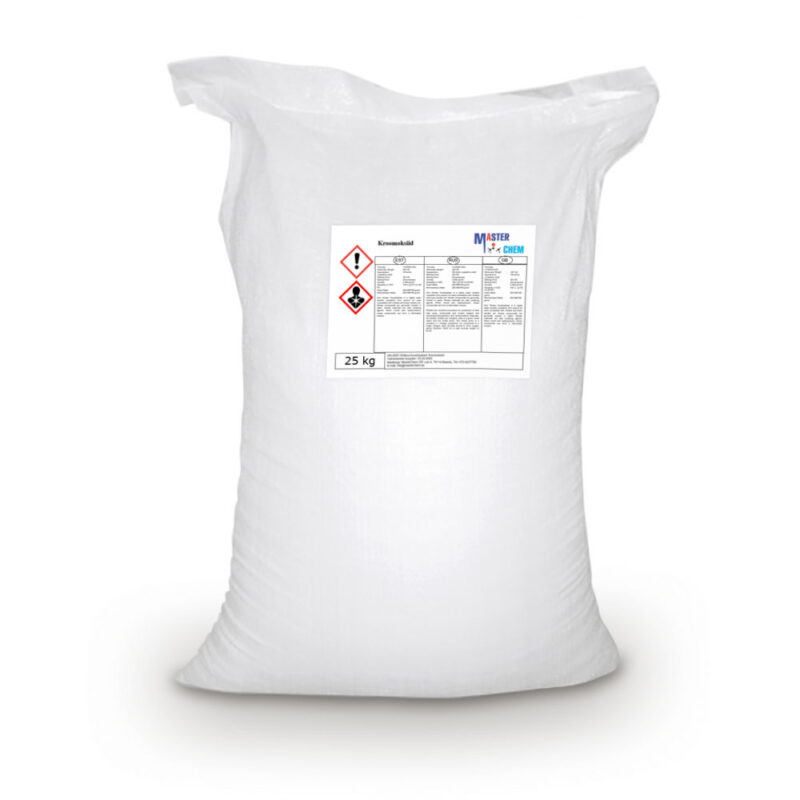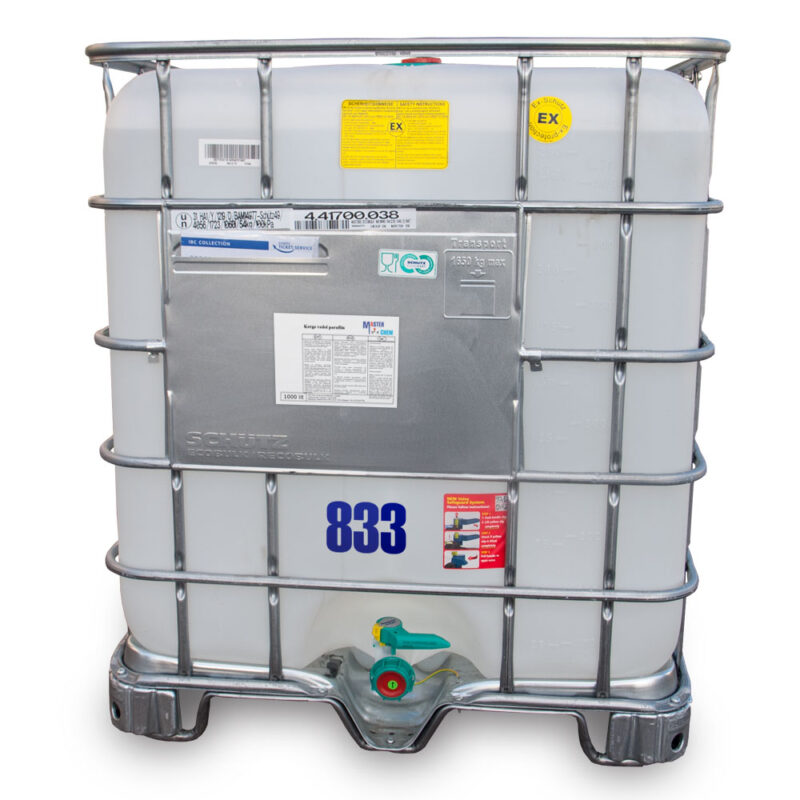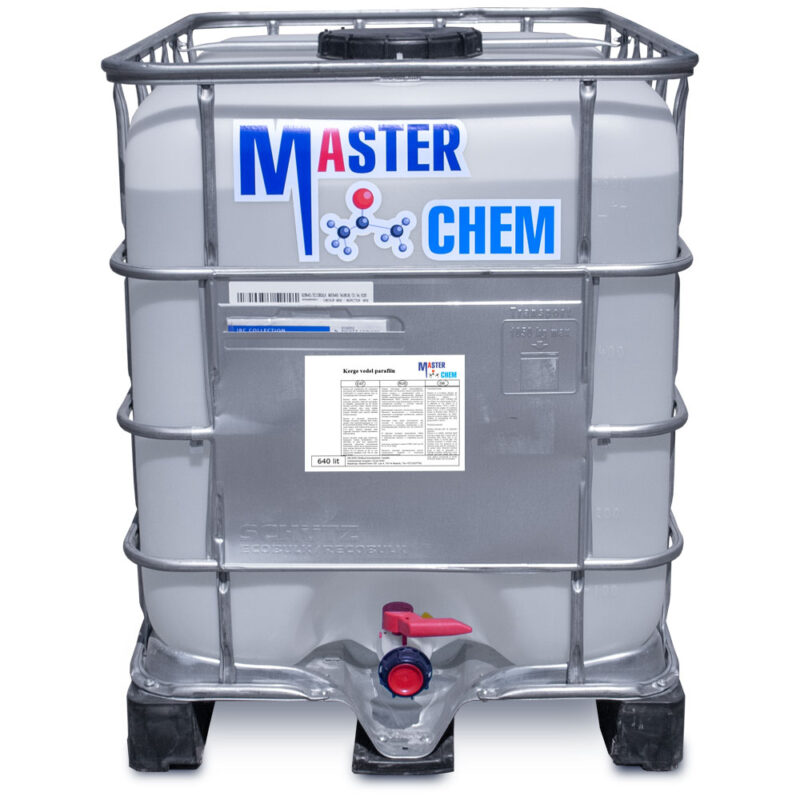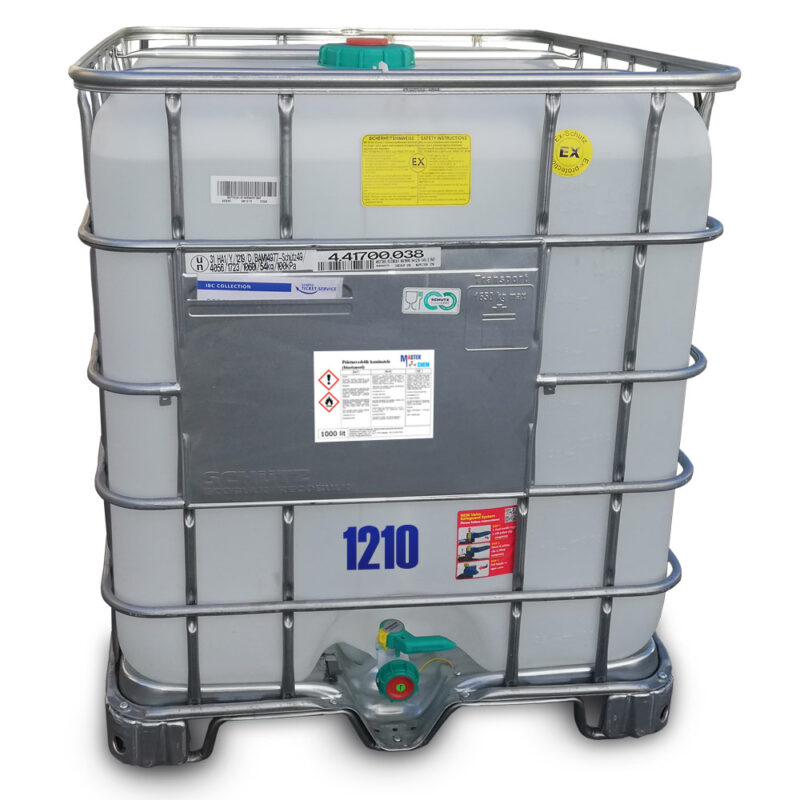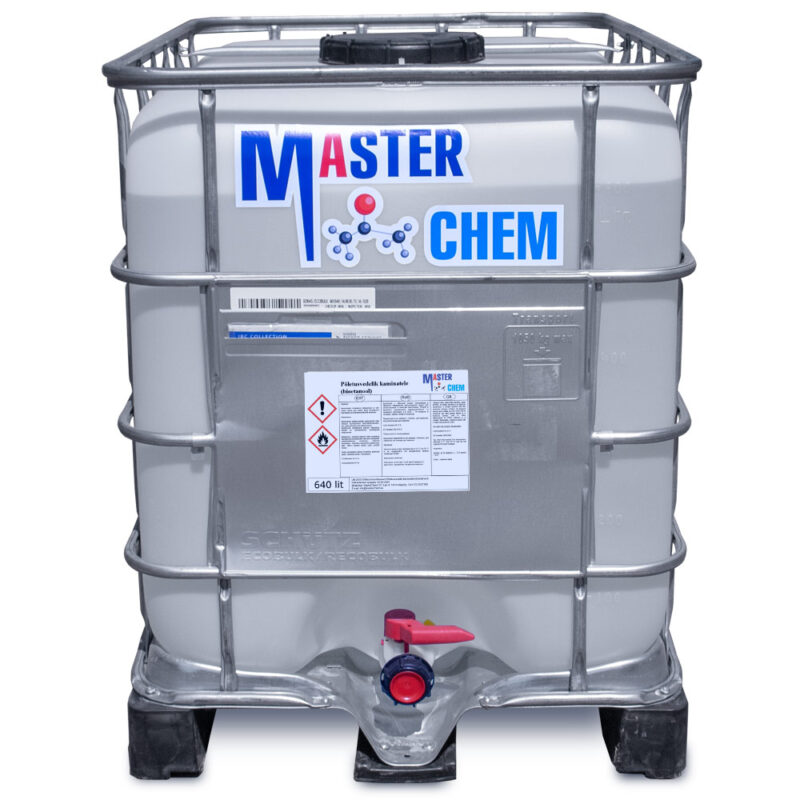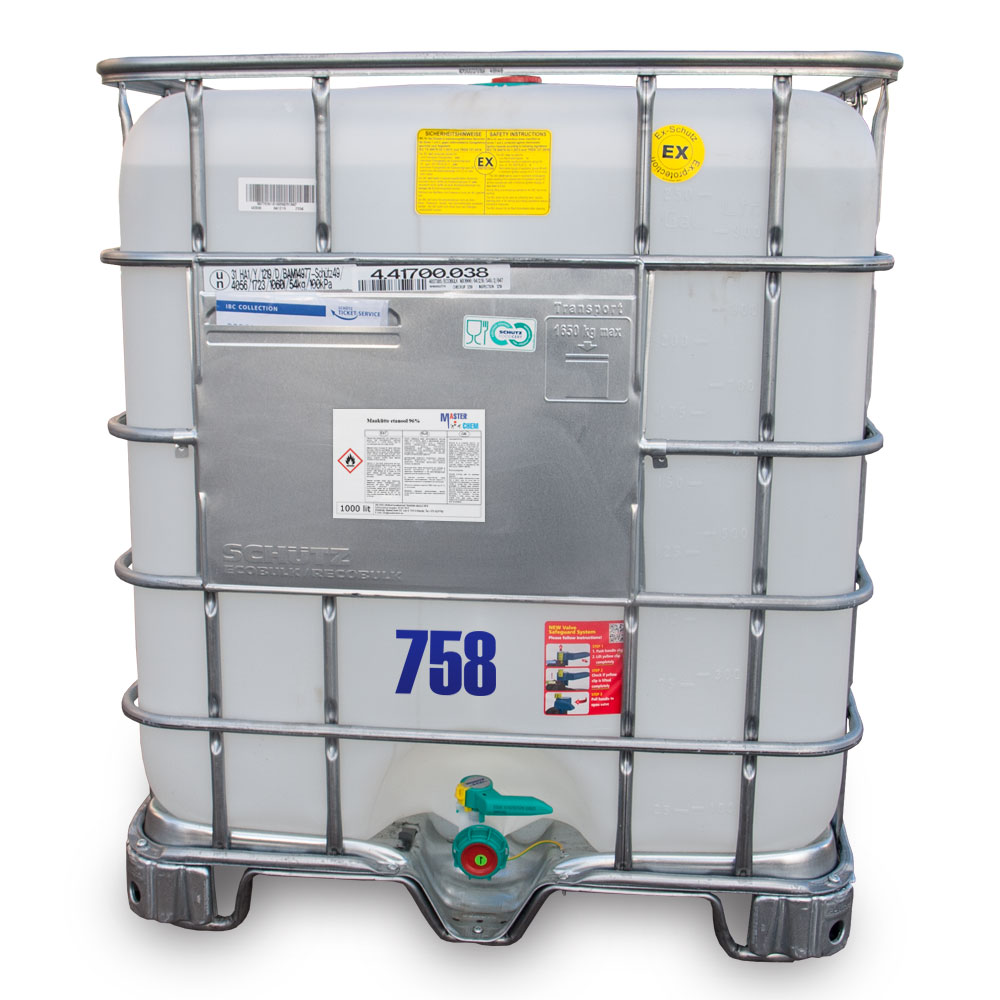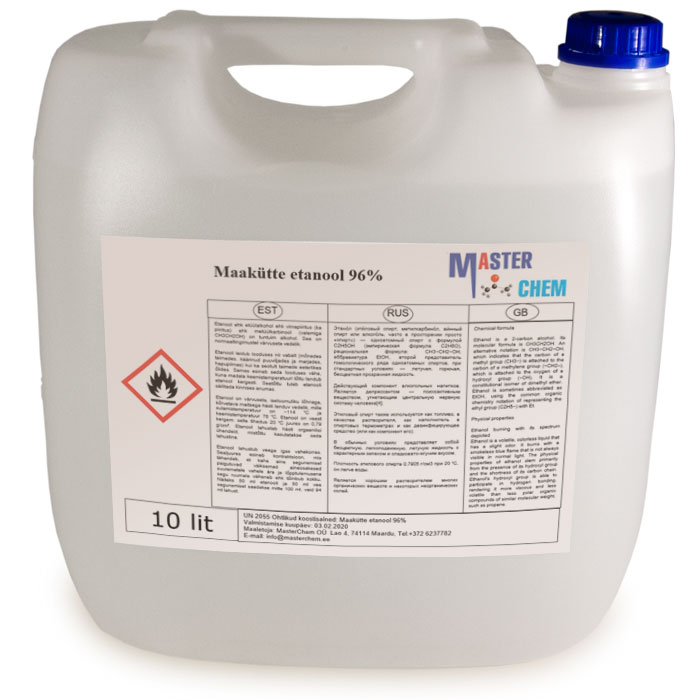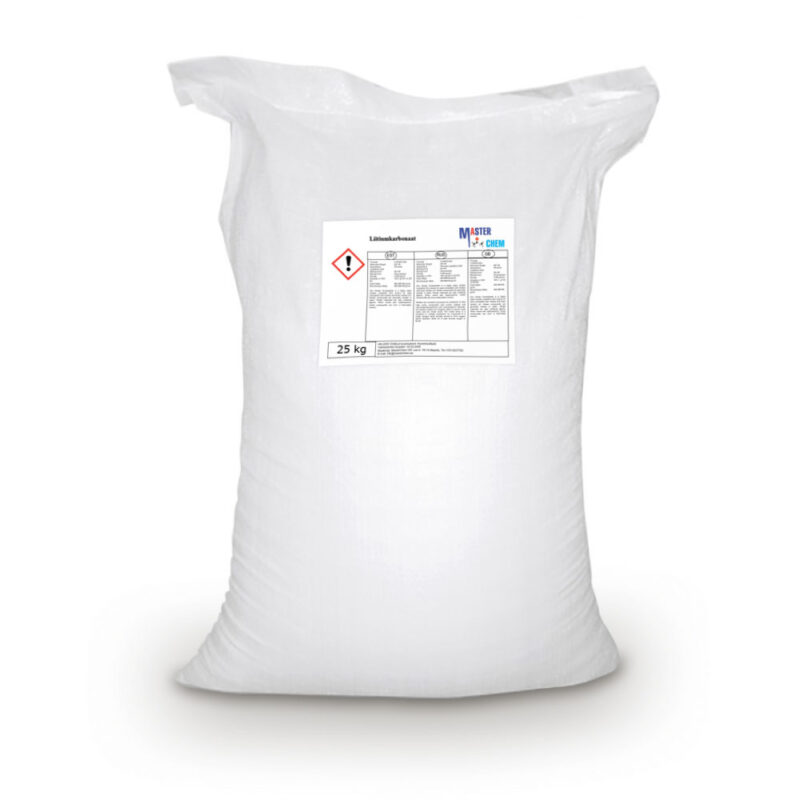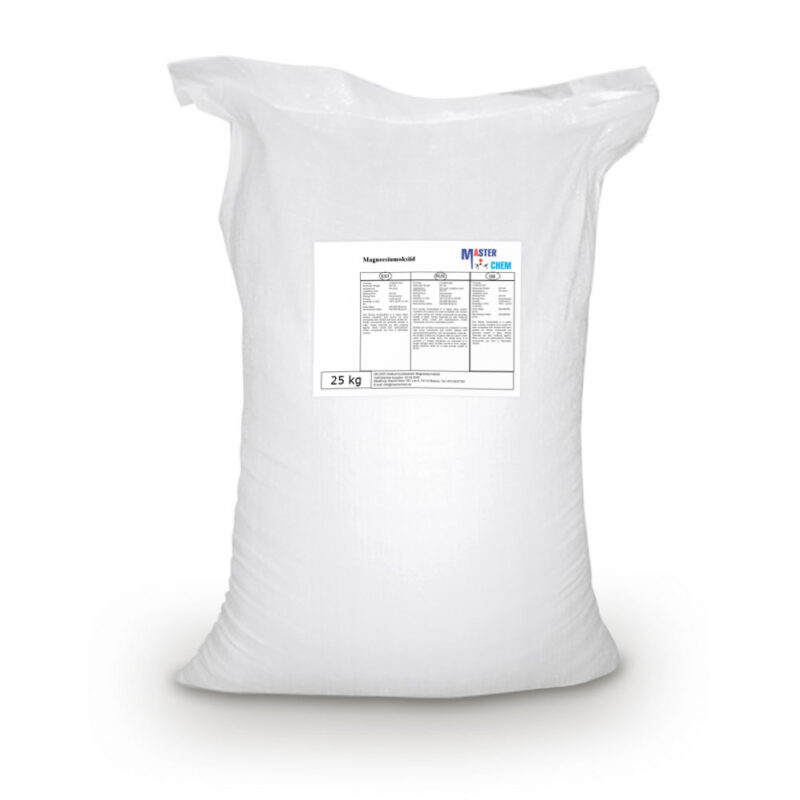Coolant Master ECO-50PRO™ heat transfer liquid
Coolant Master ECO-50PRO™ heat transfer liquid
High-quality coolant based on propylene glycol, with the addition of innovative, depletion-resistant corrosion inhibitors.
Master ECO-50PRO™ is non-toxic and completely environmentally friendly; it can be used in heating systems of both public and residential buildings. Suitable for use in the food and pharmaceutical industries.
Our product is non-aggressive to plastic, textiles, rubber, and other materials.
The prepared propylene glycol solution is completely fireproof and its use eliminates the possibility of explosion.
Denatured spirit (CAS 64-17-5)
Denatured Alcohol or ethanol or ethyl alcohol (also alcohol) or methylcarbinol (of the formula CH 3 CH 2 OH) is the best known alcohol. It is a colorless liquid under normal conditions. We offer only denatured spirits.
CAS: 64-17-5
Diammonium Phosphate (CAS 7783-28-0)
Diammonium Phosphate (CAS 7783-28-0)
Diammonium phosphate (DAP; IUPAC name diammonium hydrogen phosphate; chemical formula (NH4)2(HPO4) is one of a series of water-soluble ammonium phosphate salts that can be produced when ammonia reacts with phosphoric acid.
According to the diammonium phosphate MSDS from CF Industries, Inc., decomposition starts as low as 70 °C: “Hazardous Decomposition Products: Gradually loses ammonia when exposed to air at room temperature. Decomposes to ammonia and monoammonium phosphate at around 70 °C (158 °F). At 155 °C (311 °F), DAP emits phosphorus oxides, nitrogen oxides and ammonia.”
Diethylene glycol (CAS 111-46-6)
Other names: 2,2′-Oxydi(ethan-1-ol), 2,2′-Oxybis(ethan-1-ol), 2-(2-Hydroxyethoxy)ethan-1-ol, Diethylene glycol, Ethylene diglycol, Diglycol, 2,2′-Oxybisethanol, 2,2′-Oxydiethanol, 3-Oxa-1,5-pentanediol, Dihydroxy diethyl ether
Diethylene glycol (DEG) is an organic compound with the formula (HOCH2CH2)2O. It is a colorless, practically odorless, poisonous, and hygroscopic liquid with a sweetish taste. It is miscible in water, alcohol, ether, acetone, and ethylene glycol.DEG is a widely used solvent. It can be a contaminant in consumer products; this has resulted in numerous epidemics of poisoning since the early 20th century.
CAS 111-46-6
Dipropylene glycol (CAS 110-98-5)
Other names: Dipropylene glycol, 4-Oxa-1,6-hexandiol, 1,1′-Oxybis(1-propanol), 1,1′-Oxybis(2-propanol)
Dipropylene glycol is a mixture of three isomeric chemical compounds, 4-oxa-2,6-heptandiol, 2-(2-hydroxy-propoxy)-propan-1-ol, and 2-(2-hydroxy-1-methyl-ethoxy)-propan-1-ol. It is a colorless, nearly odorless liquid with a high boiling point and low toxicity.
CAS 110-98-5
Dipropylene glycol monomethyl ether Dowanol DMP (CAS 34590-94-8)
Dipropylene glycol monomethyl ether Dowanol DMP (CAS 34590-94-8)
Di(propylene glycol) methyl ether is an organic solvent with a variety of industrial and commercial uses. It finds use as a less volatile alternative to propylene glycol methyl ether and other glycol ethers. The commercial product is typically a mixture of four isomers.
Ester-aldehyde fraction EAF 89%
It is used in domestic heating or ground heating systems. MasterChem offers different freezing temperatures and different packages. The basic raw material for liquids. It is also used in printing houses, cleaning of printing machines, in paint and varnish industry for production of stains and dyes, in cleaning of equipment.
Ethanolamine (CAS 141-43-5)
Ethanolamine (CAS 141-43-5)
Ethanolamine (2-aminoethanol, monoethanolamine, ETA, or MEA) is an organic chemical compound with the formula HOCH2CH2NH2 (C2H7NO). The molecule is bifunctional, containing both a primary amine and a primary alcohol. Ethanolamine is a colorless, viscous liquid with an odor reminiscent of ammonia. Its derivatives are widespread in nature; e.g., lipids, as precursor of a variety of N-acylethanolamines (NAEs), that modulate several animal and plant physiological processes such as seed germination, plant–pathogen interactions, chloroplast development and flowering, as well as precursor, combined with arachidonic acid (C20H32O2; 20:4, ω-6), to form the endocannabinoid anandamide (AEA: C22H37NO2; 20:4, ω-6).
The ethanolamines comprise a group of amino alcohols. A class of antihistamines is identified as ethanolamines, which includes carbinoxamine, clemastine, dimenhydrinate, Chlorphenoxamine, diphenhydramine and doxylamine.
Ethyl acetate (CAS 141-78-6)
Other names: Ethyl acetate, ethyl ethanoate
Description:
Ethyl acetate is an ethyl etheric acid in the form of a combustible colorless volatile liquid substance with a sharp smell of fruit. There are no mechanical impurities. It is a moderately polar solvent product with the properties of esters. The solution is supplied in methylcarbinol, ethyl ether, benzene, methylene chloride, methylbenzene and some other organic solvents. In water, the dissolution is weaker. Ethyl acetate has a solvent effect on cellulose esters, oil-based resin lacquers, fats and waxes.
Production on an industrial scale occurs during the reaction of ethanol and acetic acid. It is also possible to process ethanol with carbomethylene or synthesize it from acetic aldehyde in the presence of an aluminum alkoxide catalyst.
CAS 141-78-6
Ethyl alcohol (denaturated) (CAS 64-17-5)
Application and use:
Ethyl alcohol is used in:
– Pharmacy as an external antiseptic for the disinfection of hands and surgical instruments
– perfumes for the production of cosmetics, as the main component of aerosols, perfumes, colognes, and is also part of such cosmetics as shampoos, shower gels, toothpastes
– In auto repair shops, this liquid is used for degreasing a metal surface, for painting a body, cleaning aggregates (ethyl alcohol EA8099)
– for domestic needs, it is space heating, cooking, detergent and a hand sanitizer (for example ethyl alcohol EA8099), to clean the surface of grease and oils
– c, non-freezing fluid in the heating systems of earthen loops, we have presented products with different freezing temperatures and different packaging
– the chemical industry is a solvent, it is used as a raw material for the production of certain chemicals, a component in the production of glass cleaning liquids for automobiles (we have products with different freezing temperatures and different packaging).
– in the printing industry as a solvent for washing equipment. We offer both a pure product (ethyl alcohol EA8099) and as a mixture where 90% ethanol and 10% ethyl acetate is a solvent product EE-9010.
– in the paint and varnish industry is used for the production of stains, dyes,
solvents for flushing equipment.
– in the glass industry for degreasing surfaces
– in the leather industry, this is an essential element in tanning leather
– in electronics: in the manufacture of microcircuits, as a necessary substance for the maintenance of equipment (for example, for cleaning it).
Tip: Store the product at a temperature between 0 °C and 35 °C and do not expose it to direct sunlight.
Properties:
Density: at 20 degrees C – 0.78 g/cm3 +-0.01
Color – colorless liquid
Ethylene glycol (CAS 107-21-1)
Ethylene glycol (1,2-dioxane, glycol, ethanediol-1,2) is a sweet-tasting, odorless, colorless, hygroscopic oily liquid. It is obtained by wetting ethylene in the presence of phosphoric or sulfuric acids. Ethylene glycol mixes well with water and alcohol. It has high boiling points and low freezing temperatures, which is why it is widely used as a heat carrier in heating and cooling systems. The crystallization temperature of the concentrate is higher than that of aqueous glycol solutions, therefore it must be diluted with distilled water before use.
CAS: 107-21-1
- Ethylene glycol 35%
- Ethylene glycol 40%
- Ethylene glycol 50%
- Ethylene glycol 100%
Ethylene glycol 35% – Master EWS35 (CAS 107-21-1)
Ethylene glycol (1,2-dioxane, glycol, ethanediol-1,2) is a sweet-tasting, odorless, colorless, hygroscopic oily liquid. It is obtained by wetting ethylene in the presence of phosphoric or sulfuric acids. Ethylene glycol mixes well with water and alcohol. It has high boiling points and low freezing temperatures, which is why it is widely used as a heat carrier in heating and cooling systems. The crystallization temperature of the concentrate is higher than that of aqueous glycol solutions, therefore it must be diluted with distilled water before use.
CAS: 107-21-1
- Ethylene glycol 35%
- Ethylene glycol 40%
- Ethylene glycol 50%
- Ethylene glycol 100%
Ethylene glycol 40% Master EWS-40 (CAS 107-21-1)
Concentration 40%, Freezing point, -24 ° C, Density, 1.056g / m3
Ethylene glycol 40% (Master EWS-40, water-glycol solution) is a mixture of high-quality ethylene glycol with distilled water in the form of an oily hygroscopic liquid with a crystallization temperature of -25 ° C.
CAS: 107-21-1
- Ethylene glycol 35%
- Ethylene glycol 40%
- Ethylene glycol 50%
- Ethylene glycol 100%
Hand sanitizer MasterGel E80
MasterGel E80 is a universal hand sanitizer. Contains glycerin to prevent dry skin. It is a mixture of ethanol, glycerin and propylene glycol.
Actively disinfects, deodorizes and cleans and does not need to be rinsed.
Due to its properties, MasterGel E80 is especially suitable for hospitals, public spaces, gyms and social gatherings. Suitable for both household and professional use.
Using:
• Hygienic hand antiseptic:
Apply 3 ml of MasterChem E80 to hands and massage into hands for 30 seconds.
• Surgical hand antiseptic:
Rub MasterChem E80 into hands 2 times, 3-6 ml each. (It is important to make sure that the entire surface to be treated is covered with the solution). Rubbing takes 1.5 minutes. Work both hands and forearms.
Use biocide safely! Be sure to read the attached information before use!
Certificate of registration of biocidal product No. 2121/20
Heptane (CAS 142-82-5)
Heptane (CAS 142-82-5)
Heptane or n-heptane is the straight-chain alkane with the chemical formula H3C(CH2)5CH3 or C7H16, and is one of the main components of gasoline (petrol). When used as a test fuel component in anti-knock test engines, a 100% heptane fuel is the zero point of the octane rating scale (the 100 point is 100% iso-octane). Octane number equates to the anti-knock qualities of a comparison mixture of heptane and isooctane which is expressed as the percentage of isooctane in heptane and is listed on pumps for gasoline (petrol) dispensed globally.
Industrial Nitro Lacquer Univeral
Definition and application field
NITRO LACQUER UNIVERSAL is a clear coating,for protecting and decorating room furniture and enterior elements (massive and veneer) which are not exposed to significant mechanical and chemical influences. Can be use like base and finish coating.
This product is based on nitrocellulose, alkyd resins and organic solvents, with the addition of funds for grinding and other special additives
Industrial Polyurethane Lacquer Univeral
Two-component polyurethane-based coating
PURPOSE
• It is used as a primer and finish coating in the protective system of paintwork:
• – veneered furniture
• – solid furniture
• – chairs and items of haberdashery
• It is used as a finishing or universal varnish, ie priming and finishing coat with intermediate grinding.
Lead oxide (CAS 1317-36-8)
Lead oxide (CAS 1317-36-8)
Lead(II) oxide, also called lead monoxide, is the inorganic compound with the molecular formula PbO. PbO occurs in two polymorphs: litharge having a tetragonal crystal structure, and massicot having an orthorhombic crystal structure. Modern applications for PbO are mostly in lead-based industrial glass and industrial ceramics, including computer components. It is an amphoteric oxide.
The kind of lead in lead glass is normally PbO, and PbO is used extensively in making glass. Depending on the glass, the benefit of using PbO in glass can be one or more of increasing the refractive index of the glass, decreasing the viscosity of the glass, increasing the electrical resistivity of the glass, and increasing the ability of the glass to absorb X-rays. Adding PbO to industrial ceramics (as well as glass) makes the materials more magnetically and electrically inert (by raising their Curie temperature) and it is often used for this purpose. Historically PbO was also used extensively in ceramic glazes for household ceramics, and it is still used, but not extensively any more. Other less dominant applications include the vulcanization of rubber and the production of certain pigments and paints. PbO is used in cathode ray tube glass to block X-ray emission, but mainly in the neck and funnel because it can cause discoloration when used in the faceplate. Strontium oxide and Barium oxide are preferred for the faceplate.
The consumption of lead, and hence the processing of PbO, correlates with the number of automobiles, because it remains the key component of automotive lead–acid batteries.
Light liquid paraffin (CAS 8042-47-5)
Light liquid paraffin (CAS 8042-47-5)
Light Liquid Paraffin Oil Ip is used in the manufacture of Antistatic Coning oil, Knitting oil & other Textile Auxiliaries, Plant Spray Oil, Agrochemicals, Aerosols, Dye Intermediates, Paper Industry; Perfumery, Food Grade Speciality Lubricants, Food Grade Plastics used as a Lubricant Plasticizer, Attars, Flavours & Fragrances, Perfumery Chemicals, Speciality Chemicals, Incenses, Personal Care Products, Leather Chemicals, Fat Liquors, Petrochemical Solvents, etc. It may also be used in the manufacture of Pharmaceuticals and Cosmetic Products like Creams, Lotions, Perfumery Industry, Bulk Drugs & Food Industry etc.
Liquid for fireplaces (bioethanol)
Liquid for fireplaces (bioethanol)
– Safest liquid fuel for indoor bio-ethanol ventless fireplace use. Especially formulated for indoor use, but great for outdoors too
No Emission of Hazardous Fumes or Toxins-Pure Bio-ethanol fuel
Clean Burning, No Soot or Ash
Burn time up to 5 hours, depending upon model of fireplace and burner design.
Liquid geothermal heating systems (ethanol 96%)
Very flammable!
Protect from ignition sources such as hot surfaces, flames, sparks. Do not smoke. Keep the container tightly closed. Use protective equipment-gloves, clothing and goggles. If the substance has gotten into the hair/skin, take off the contaminated clothes immediately and rinse immediately with plenty of running water. Keep in a cool, ventilated place. Dispose of empty packaging / containers in accordance with hazardous waste regulations.
Lithium carbonate (CAS 554-13-2)
Lithium carbonate (CAS 554-13-2)
Lithium carbonate is an inorganic compound, the lithium salt of carbonate with the formula Li2CO3. This white salt is widely used in the processing of metal oxides. It is listed on the World Health Organization’s List of Essential Medicines because it can be used as a treatment for mood disorders such as bipolar disorder.
Lithium carbonate is an important industrial chemical. Its main use is as a precursor for compounds used in lithium-ion batteries. Glasses derived from lithium carbonate are useful in ovenware. Lithium carbonate is a common ingredient in both low-fire and high-fire ceramic glaze. It forms low-melting fluxes with silica and other materials. Its alkaline properties are conducive to changing the state of metal oxide colorants in glaze, particularly red iron oxide (Fe2O3). Cement sets more rapidly when prepared with lithium carbonate, and is useful for tile adhesives. When added to aluminium trifluoride, it forms LiF which gives a superior electrolyte for the processing of aluminium.
Magnesium oxide (CAS 1309-48-4)
Magnesium oxide (CAS 1309-48-4)
Magnesium oxide (MgO), or magnesia, is a white hygroscopic solid mineral that occurs naturally as periclase and is a source of magnesium (see also oxide). It has an empirical formula of MgO and consists of a lattice of Mg2+ ions and O2− ions held together by ionic bonding. Magnesium hydroxide forms in the presence of water (MgO + H2O → Mg(OH)2), but it can be reversed by heating it to remove moisture.
Magnesium oxide was historically known as magnesia alba (literally, the white mineral from Magnesia – other sources give magnesia alba as MgCO3), to differentiate it from magnesia negra, a black mineral containing what is now known as manganese.
While “magnesium oxide” normally refers to MgO, magnesium peroxide MgO2 is also known as a compound. According to evolutionary crystal structure prediction, MgO2 is thermodynamically stable at pressures above 116 GPa (gigapascals), and a semiconducting suboxide Mg3O2 is thermodynamically stable above 500 GPa. Because of its stability, MgO is used as a model system for investigating vibrational properties of crystals.

